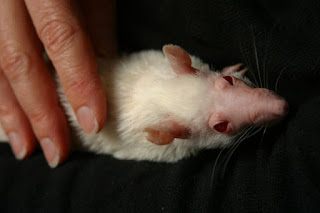Week 9: Space + Art

The world has always been so fascinated and competitive when it comes to the topic of space travel; however, what most people don't realize is how much this has impacted the world of art. I noticed in the articles we read this week that it is very interesting how space discoveries and art grew hand in hand throughout history. Since space was something that no one knew anything about, it was so important to have artists that could show the world what it looked like in an accurate way. These new discoveries in space inspired so many artists, and their art sparked an interest in so many people because everyone wanted to know what space was like. For example, Chesley Bonestell popularized manned space travel through his beautiful paintings and artwork for magazines, films and books. Another is Richard Clar, who " transform[s] state-of-the-art technology and highly-engineered materials into evocative contemporary art" ( Website of Richard Clar and Art Technologies, a collabora...




